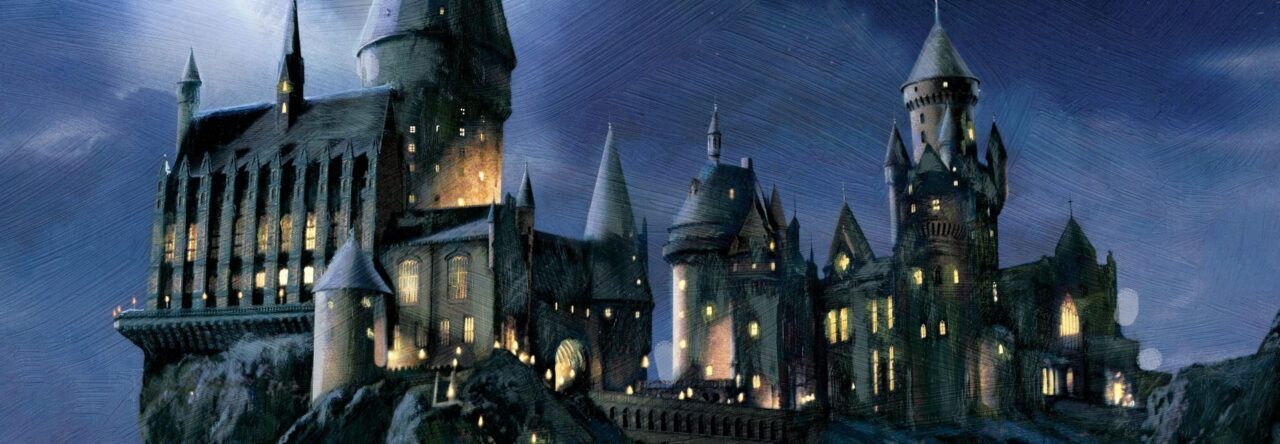“Fight Club” is not just a movie; it’s a story that makes us think about who we are, the things we buy, and how we fight against the rules. At the center of it all is Tyler Durden, played by Brad Pitt. What makes Tyler such a cool character is that he’s actually two people in one, and that says a lot about identity.
The Creation of Tyler Durden
To understand Tyler, we have to first look at the main character, known as the Narrator (played by Edward Norton). The Narrator is an insomniac who feels stuck in his boring life, trapped in a dull job, and obsessed with buying things. He’s unhappy with his life, and this frustration creates Tyler Durden—an alter ego who is everything the Narrator wishes he could be: confident, rebellious, and free.
The Two Sides
Tyler Durden shows us the Narrator’s hidden desires and rebellious side. Through Tyler, the Narrator breaks away from the rules, starts an underground fight club, and eventually forms Project Mayhem, a group against society’s norms. Tyler is fearless, cool, and doesn’t care about what society thinks. The Narrator, on the other hand, is more careful, quiet, and afraid of chaos.

This shows the conflict within the Narrator: he wants to fit in but also wants to break free. Tyler acts out the Narrator’s wildest, most secret thoughts, making the Narrator feel powerful and in control. The fight club gives men a place to let out their anger and feel like they are reclaiming their masculinity, something society takes away from them.
The Psychological Breakdown
As the story goes on, the line between the Narrator and Tyler gets fuzzy. In a big twist, we find out that Tyler Durden is just a part of the Narrator’s imagination. This changes how we see the whole movie, making us think about what’s real and how fragile the mind can be.

Tyler’s existence shows the dangers of uncontrolled anger and how far people can go when they don’t know who they really are. While Tyler helps the Narrator escape his boring life, his methods become more violent and destructive. The story ends with a battle between the two identities. The Narrator’s attempt to “kill” Tyler represents his fight to regain control of his own life.
By confronting and defeating Tyler, the Narrator takes back control and finds a sense of peace. Tyler, despite his flaws, shows us that sometimes the biggest battle is the one we fight within ourselves.
Conclusion
Tyler Durden’s double identity helps the story dive into themes of self-discovery, rebellion, and the struggle within ourselves. “Fight Club” makes us think about the different faces we show to the world and the parts of ourselves we might not fully know. Tyler Durden reminds us of the chaos inside us and the need to face our inner struggles to find out who we really are.







